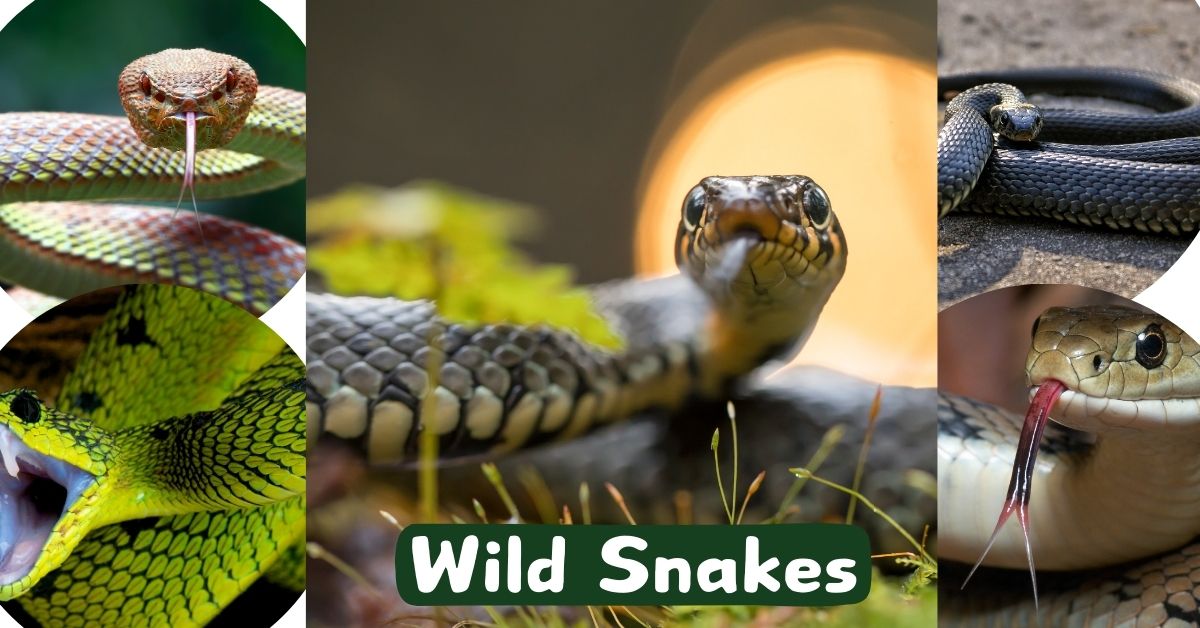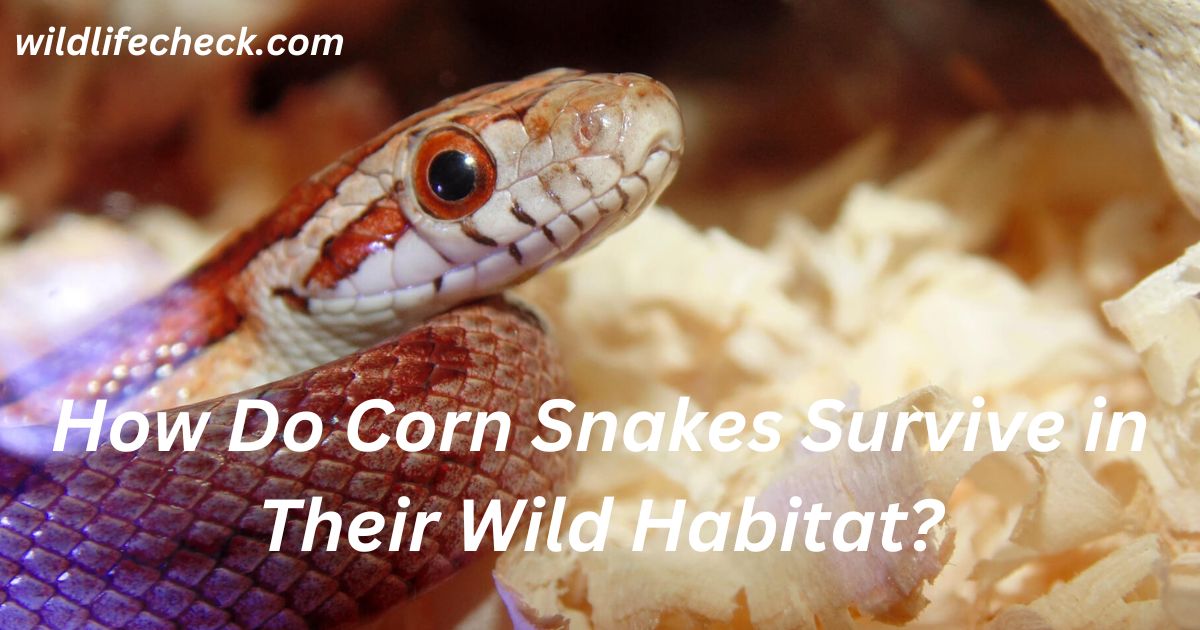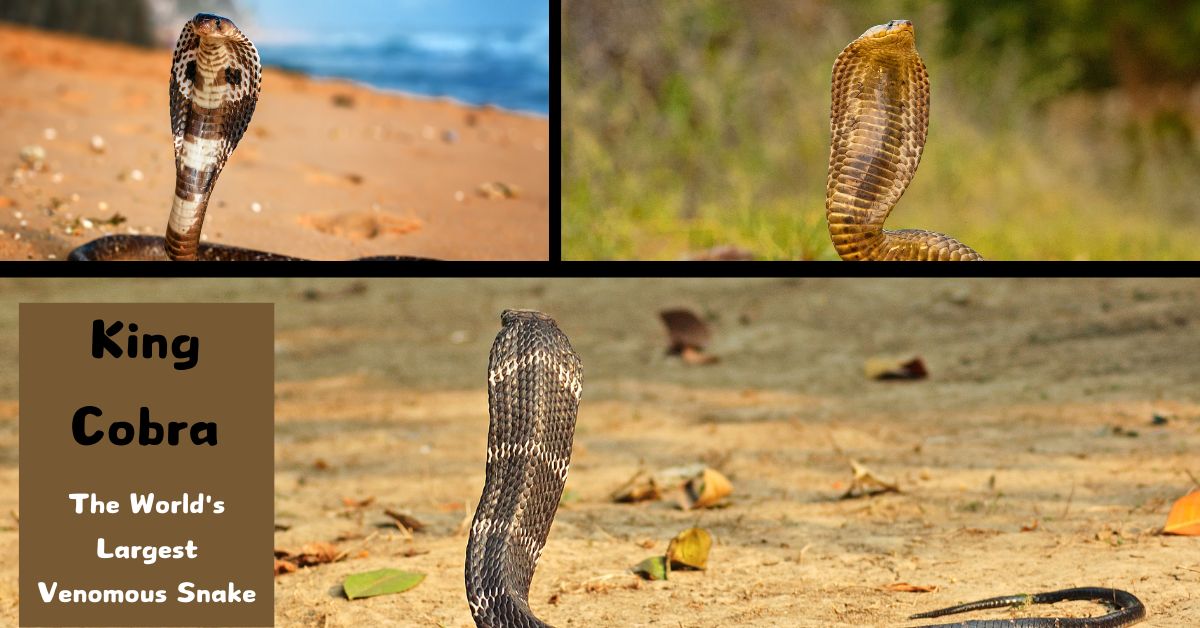
Snake handling techniques: Safely Handling Encounters
Introduction
In today’s advanced time, there are numerous snakes that few individuals know almost. If you experience a wild wind, it is exceptionally troublesome to handle the wind and spare yourself. It can be exceptionally troublesome for you to bargain with a wind whose species you do not know. If you experience a wind in your house, on a street, whereas traveling on foot, or in a common environment, how will you bargain with it? In today’s article, we will tell you how to ensure yourself from wild snakes and how to battle them.
Understanding Wild Snakes
Before delving into handling techniques, it’s important to understand a few key facts about wild snakes:
Types of Wild Snakes
Wild snakes come in different species, each with its own attributes and ways of behaving. A few normal sorts experienced incorporate tie snakes, rodent snakes, and periodically venomous species like rattlers or copperheads.
Snake Behavior
Snakes are normally more terrified of people than we are of them. They will normally withdraw whenever allowed the opportunity. In any case, they might become protective on the off chance that they feel compromised or cornered.
Safety Precautions
- Stay away: Keep a protected separation of essentially a few feet from the snake.
- Recognize Venomous Species: Figure out how to recognize venomous from non-venomous snakes in your space.
- Try not to Incite the Snake: Never endeavor to pointlessly contact or incite a wild snake.
Handling Techniques
Non-Venomous Snakes
- Utilizing a Device: On the off chance that you really want to move a non-venomous snake away from a populated region, utilize a long stick or post. Delicately guide the snake into a holder for movement.
- Coordinating the Snake: Utilize delicate developments to urge the snake to create some distance from your way. Keep away from unexpected signals that could alarm the snake.
Venomous Snakes
- Look for Proficient Assistance: On the off chance that you experience a venomous snake, don’t endeavor to deal with it yourself. Contact nearby untamed life specialists or an expert snake evacuation administration.
- Keep Separation: Maintain a protected separation and don’t attempt to catch or kill the snake. Most snake chomps happen when individuals endeavor to deal with or kill the snake.
What Not to Do
- Try not to Endeavor to Deal with Venomous Snakes: Taking care of venomous snakes can be very hazardous and ought to just be finished via prepared experts.
- Try not to Utilize Destructive Synthetic compounds: Never endeavor to utilize synthetics or pesticides to repulse snakes. These can hurt both the snake and the climate.
What should you do if you see a snake in the wild?
In the event that you experience a snake in the wild, here are a moves toward follow:
- Keep mentally collected: Stay cool and don’t overreact. Most snakes would rather not stand up to people and will attempt to stay away from you whenever allowed the opportunity.
- Give it Space: Step back leisurely and circumspectly. Snakes can strike assuming they feel compromised or cornered, so give it a lot of space to withdraw.
- Try not to Approach: Never endeavor to contact or deal with a snake except if you are appropriately prepared and prepared to do as such. Indeed, even non-venomous snakes can nibble whenever incited.
- Distinguish from a good ways: Attempt to recognize the snake from a protected distance if conceivable. Knowing the sort of snake can assist you with understanding in the event that it represents a possible danger.
- Fend Pets and Kids Off: Assuming that you have pets or kids with you, monitor them and away from the snake.
- Try not to Attempt to Kill It: Attempting to kill the snake isn’t just unsafe yet superfluous. Most snake nibbles happen when individuals endeavor to kill or deal with the snake.
- Leave the Region: When the snake has moved away, leave the region smoothly. Be mindful in regions where snakes are generally found, like tall grass, rough regions, or close to water.
- Ready Others: In the event that the snake is in a public region where others may not see it, consider cautioning park officers or specialists so they can make a fitting move if necessary.
Keep in mind, most snakes are not forceful towards people except if incited. Regard their space and notice them from a protected distance to guarantee your security and theirs.
What do snakes fear most?
Winds commonly dread bigger hunters or dangers that might actually hurt them. Normal hunters of snakes incorporate flying predators, enormous vertebrates, and other savage creatures. As a general rule, snakes stay away from conflicts and will escape from apparent risk instead of face it straightforwardly. Also, a few snakes might have explicit repugnances for specific fragrances or natural circumstances that could flag risk, like smoke or fire.
What smell do snakes hate?
Snakes are delicate to solid smells, and there are sure fragrances that they by and large keep away from. The following are a couple of scents that snakes are known to disdain:
- Clove oil: areas of strength for this rejuvenating balm can be compelling in repulsing snakes.
- Cinnamon oil: Another natural ointment that snakessee as upsetting.
- Sulfur: Snakes have a repugnance for sulfur, which is much of the time utilized in anti-agents.
- Naphthalene: Found in mothballs, naphthalene can deflect winds however ought to be utilized circumspectly because of its poisonousness.
- Garlic: While not quite as intense as the others, the smell of garlic can some of the time deflect snakes.
It’s essential to take note of that while these fragrances might assist with fending snakes off, they are not secure, and their viability can differ contingent upon the types of snake and natural variables.
What sounds do snakes hate?
Snakesare delicate to specific sounds and vibrations, which can upset or discourage them. A few sounds that snakes might find awkward include:
- Low-recurrence vibrations: Snakes are extremely delicate to ground vibrations, particularly those brought about by weighty strides or apparatus. These vibrations can make them aware of possible risk or unsettling influence.
- Murmuring sounds: A few types of snakes might be delicate to murmuring clamors, which can copy a hunter or a danger.
- Throbbing or pounding clamors: Unpredictable or unexpected uproarious commotions, like beating on a surface or large equipment, can frighten snakes and prompt them to withdraw.
- Ultrasonic sounds: A few gadgets radiate high-recurrence ultrasonic sounds that are intended to repulse bothers, including snakes. Notwithstanding, the adequacy of these gadgets on snakes can shift.
It’s essential to take note of that while snakes might be delicate to specific sounds, their reactions can change contingent upon species and individual personality. Snakes depend vigorously on their intense feeling of vibrations and smell to see their current circumstance as opposed to hearing airborne sounds similarly vertebrates do.
How do you calm a wild snake?
Quieting a wild snake requires cautious dealing with and thought of the snake’s way of behaving and climate. Here are a few general tips:
- Move toward Gradually: Abrupt developments can alarm the snake. Approach smoothly and try not to make quick motions.
- Keep Separation: Keep a protected distance at first to notice the snake’s way of behaving. This tries not to set off protective responses.
- Establish a Quiet Climate: Diminish commotion and development around the snake. This can assist with forestalling pressure.
- Utilize a Snake Snare: In the event that dealing with is important, utilize a snake snare to lift and support the snake’s body delicately. This limits direct contact and diminishes pressure.
- Handle Appropriately: Assuming that you want to deal with the snake, support its body appropriately to try not to cause injury or stress. Utilize delicate developments and try not to press or controlling it firmly.
- Time and Persistence: Permit the snake time to quiet down all alone assuming that it feels compromised. Many snakes will quiet down once they understand there is no impending risk.
- Proficient Assistance: On the off chance that you are uncertain or awkward taking care of the snake, contact an expert natural life rehabilitator or snake overseer for help.
Keep in mind, wild snakes can be unusual, so focus on your security and the prosperity of the snake all through any cooperation.
Understanding Snake Behavior
Prior to taking care of a wild snake, understanding its behavior is fundamental. Snakes are for the most part single creatures and really like to stay away from people. They are likewise ectothermic, meaning they direct their internal heat level utilizing outer sources, similar to the sun or a warm stone. Understanding these ways of behaving will assist you with moving toward a snake with watchfulness and regard.
Preparation is Key
Step by step instructions to deal with a wild snake requires readiness and the right gear. Wear long, thick gloves, a long-sleeved shirt, and jeans to safeguard yourself from likely nibbles. A snare or utensils can likewise prove to be useful while dealing with snakes. Ensure you have a solid, escape-confirmation holder prepared to store the snake whenever it’s been dealt with.
Step-by-Step Guide
How to handle a wild snake involves the following steps:
Approach with Caution
Move toward the snake gradually and smoothly, giving it a lot of room. Stay away from abrupt developments, which can incite the snake into striking.
Identify the Species
If conceivable, distinguish the snake species to decide its venomous status and conduct. Research the species ahead of time to figure out its particular dealing with necessities.
Use the Right Equipment
Utilize your snare or utensils to direct the snake into the holder tenderly. Try not to deal with the snake with your uncovered hands, particularly assuming that it’s venomous.
Handle with Care
Assuming you should deal with the snake with your hands, ensure they are gloved and upheld. Hold the snake safely yet tenderly, staying away from its head and tail.
Release or Relocate
Whenever you’ve taken care of the snake, discharge it in a protected area away from people and pets. On the off chance that important, move the snake to a more reasonable natural surroundings.
Safety Precautions
How to handle a wild snake requires safety precautions to avoid injuries and potential bites:
- Wear defensive apparel, including gloves, long sleeves, and jeans.
- Abstain from taking care of venomous snakes without appropriate preparation and gear.
- Stay away from the snake’s head and tail.
- Try not to deal with snakes in restricted spaces.
Snake Conservation
Snakes assume an imperative part in our biological system, and their preservation is pivotal. By dealing with snakes securely and compassionately, we can assist with safeguarding these astounding animals and their living spaces.
FAQs About Handling Wild Snakes
What should I do if I find a snake in my backyard?
Stay cool and keep pets and youngsters inside. Contact a nearby untamed life master for exhortation on safe expulsion.
How can I tell if a snake is venomous?
Search for three-sided molded heads, cut like students, and markings like clatters (in rattlers) or groups (in coral snakes).
Are all snakes dangerous?
No, most of snake species are non-venomous and present little danger to people except if incited.
Can snakes be relocated?
Indeed, numerous untamed life specialists offer movement administrations for snakes tracked down in neighborhoods.
How can I snake-proof my property?
Seal any holes or openings in establishments, walls, and fences. Keep grass and vegetation managed to lessen concealing spots.
Conclusion
Experiencing a wild snake can be an important encounter whenever made do with watchfulness and regard for these intriguing animals. Keep in mind, the way to taking care of a wild snake is to focus on security for you and the snake. By understanding their way of behaving and observing the suggested rules, you can guarantee a protected and positive result for the two players.
Next time you experience a wild snake, remain even headed, stay away, and if necessary, look for help from experts. In light of these tips, you can unhesitatingly explore experiences with wild snakes and value the regular world around you.
Keep in mind, taking care of a wild snake requires persistence and information, and regarding their space guarantees a protected experience for both you and the snake.





Your point of view caught my eye and was very interesting. Thanks. I have a question for you.
Thank you very much sir. Tell me what I can do to help you
Can you be more specific about the content of your article? After reading it, I still have some doubts. Hope you can help me.
Simply Sseven This is really interesting, You’re a very skilled blogger. I’ve joined your feed and look forward to seeking more of your magnificent post. Also, I’ve shared your site in my social networks!
Thank you for your sharing. I am worried that I lack creative ideas. It is your article that makes me full of hope. Thank you. But, I have a question, can you help me?
Your article helped me a lot, is there any more related content? Thanks!
Thank you for your sharing. I am worried that I lack creative ideas. It is your article that makes me full of hope. Thank you. But, I have a question, can you help me?
Thank you for your sharing. I am worried that I lack creative ideas. It is your article that makes me full of hope. Thank you. But, I have a question, can you help me?
Your point of view caught my eye and was very interesting. Thanks. I have a question for you.
Hey very nice website!! Man .. Beautiful .. Amazing .. I will bookmark your site and take the feeds also…I am happy to find so many useful info here in the post, we need work out more techniques in this regard, thanks for sharing. . . . . .
Your article helped me a lot, is there any more related content? Thanks!
Thank you for your sharing. I am worried that I lack creative ideas. It is your article that makes me full of hope. Thank you. But, I have a question, can you help me?
Your point of view caught my eye and was very interesting. Thanks. I have a question for you.
Thanks for sharing. I read many of your blog posts, cool, your blog is very good.
Your point of view caught my eye and was very interesting. Thanks. I have a question for you.
Thank you for your sharing. I am worried that I lack creative ideas. It is your article that makes me full of hope. Thank you. But, I have a question, can you help me?
Pretty section of content. I just stumbled upon your weblog and in accession capital to assert that I get actually enjoyed account your blog posts. Any way I will be subscribing to your feeds and even I achievement you access consistently rapidly.